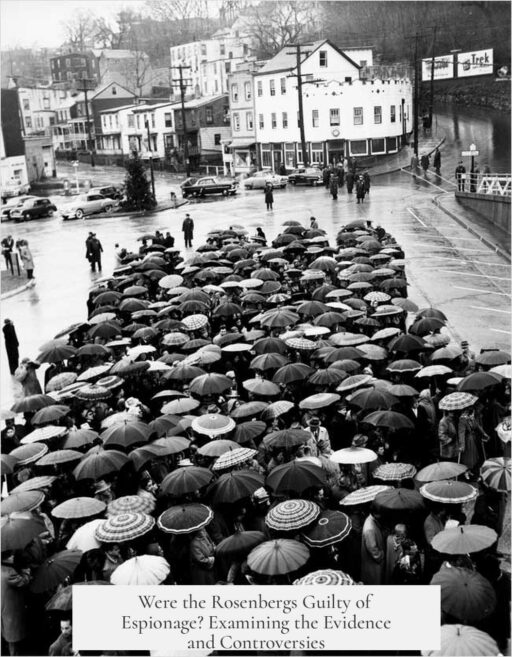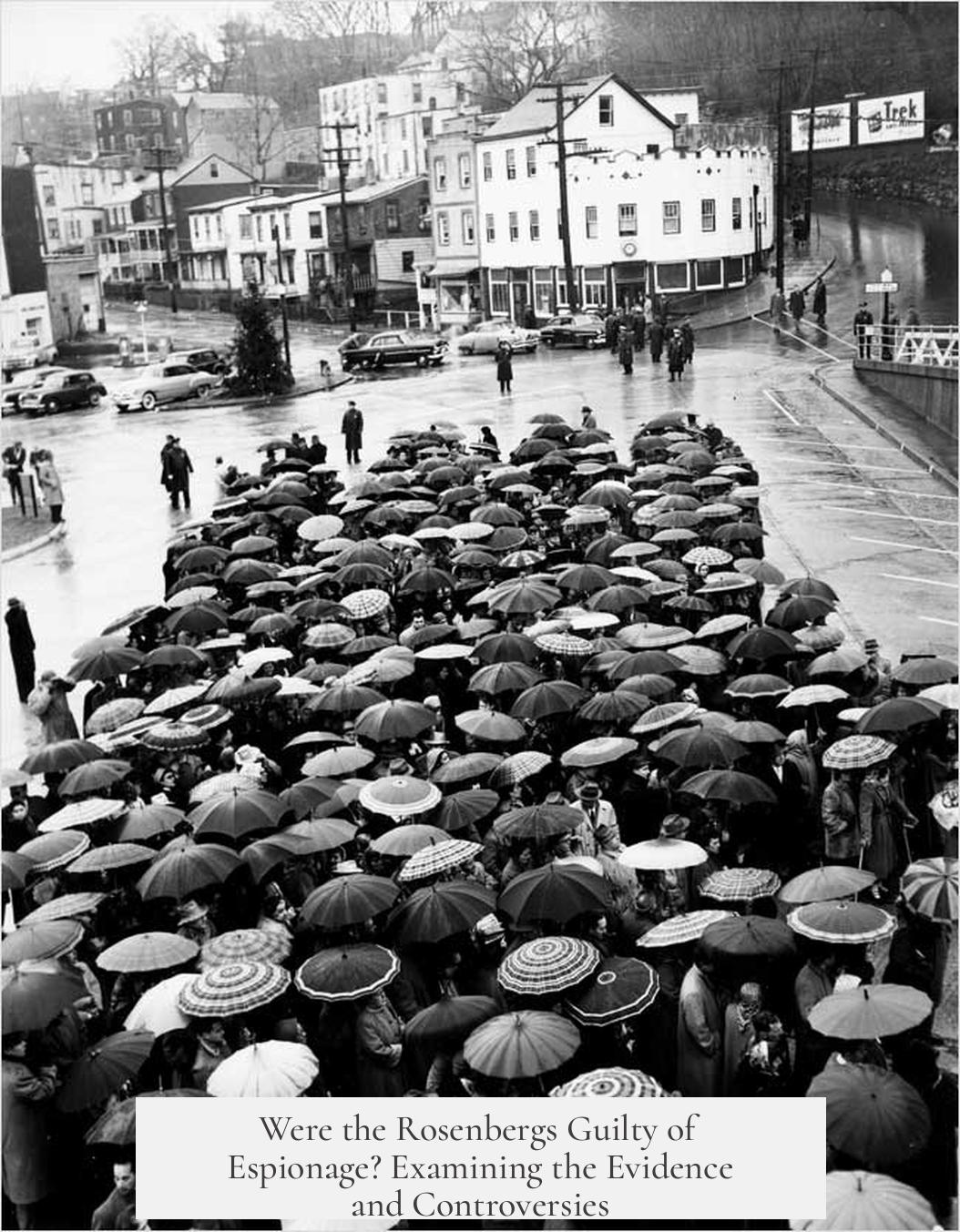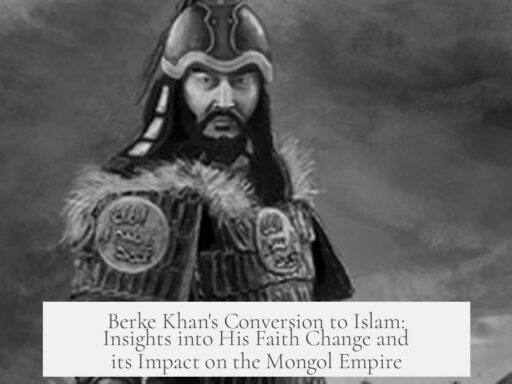The Rosenbergs were indeed guilty of espionage, though the extent of their individual involvement differs significantly. Julius Rosenberg played a central role in a Soviet espionage ring that transmitted important military and atomic secrets to the USSR. Conversely, Ethel Rosenberg’s role was minor at best and possibly limited to knowing about her husband’s activities without direct participation.
The initial trial of Julius and Ethel Rosenberg in the early 1950s was controversial, hinging on limited and ethically questionable evidence. The prosecution’s case relied heavily on the testimonies of two government witnesses, including David Greenglass, Ethel’s brother. Greenglass later admitted to exaggerating Ethel’s involvement to protect his own wife from prosecution. This casts doubt on the fairness of Ethel’s conviction and underscores the sparse nature of the evidence against her.
The trial itself met legal standards of the time. Both defendants had legal representation, the right to cross-examine witnesses, and their case was heard by a jury of peers. However, a critical issue was the non-disclosure of classified evidence held by the government, notably the VENONA project decrypts. This undisclosed evidence might have influenced the defense’s ability to present a full case, particularly for Ethel.
Since the Rosenbergs’ execution, new evidence has emerged, notably the VENONA decrypted cables released in the 1990s. These secret documents provided detailed insight into Soviet espionage activities. They confirm Julius Rosenberg’s significant role as a key node in an extensive network spying on U.S. military developments, including radar technology, fire control systems, and not solely atomic bomb secrets. This broader scope of espionage highlights that Julius’s contribution was far-reaching and highly damaging.
Ethel’s involvement, as revealed by VENONA, is less clear. Code names and references indicate that Julius was a priority target for Soviet intelligence, while Ethel is mentioned only peripherally. There is little direct evidence from VENONA to suggest that she actively participated in espionage operations. This distinction has led many historians and legal experts to view her conviction as a miscarriage of justice, influenced more by the political climate than by solid proof.
The espionage ring led by the Rosenbergs specialized in critical technologies beyond the atomic bomb. One notable example includes the proximity fuze, a small radar device that dramatically improved artillery effectiveness. Soviet handlers confirmed Julius provided them with the design of this and other key military technologies, underlining his value as an intelligence asset. These revelations confirm Julius’s guilt beyond reasonable doubt, extending beyond the initial trial’s focus.
Regarding punishment, Julius’s espionage was severe enough to warrant serious sentencing. However, many debate the appropriateness of the death penalty in espionage cases. Executing Julius eliminated any chance of extracting further intelligence or negotiating prisoner exchanges. Ethel’s execution is widely viewed as unjust, regarded as a punitive measure aimed to deter others rather than a reflection of her actual guilt.
The Rosenberg case remains complex. It defies simple conclusions because of the political context of the 1950s, the limited evidence presented, and new intelligence data discovered decades later. The government’s case against Julius was stronger than publicly disclosed during the trial, but the case against Ethel lacked solid corroboration. The hysteria of the Cold War era influenced both public perception and judicial outcomes.
| Aspect | Julius Rosenberg | Ethel Rosenberg |
|---|---|---|
| Role in Espionage | Key spy; transmitted military and atomic secrets | Likely minor; possibly aware but not active |
| Main Evidence | VENONA transcripts, testimony | Testimony by Greenglass, later admitted perjury |
| Control of Classified Evidence | Not presented at trial due to secrecy | Likely would have helped her defense |
| Legal Outcome | Executed for espionage | Executed but role questionable |
- Julius Rosenberg acted as a significant Soviet spy with proven impact on military technology.
- Ethel Rosenberg’s participation was minimal and likely overstated in court testimonies.
- The government withheld critical classified evidence that could have influenced the trial, especially for Ethel.
- VENONA project decrypts revealed extensive espionage activities, confirming Julius’s guilt beyond the atomic bomb secrecy.
- Capital punishment remains debated, with Ethel’s execution viewed as disproportionately punitive.
Were the Rosenbergs Actually Guilty of Espionage?
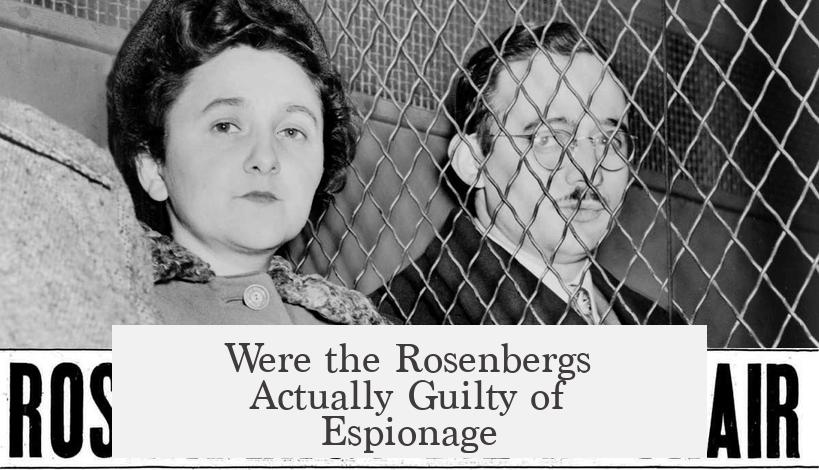
The short answer: Julius Rosenberg was guilty of espionage. Ethel, not so much.
But the story is more tangled than a Hollywood spy thriller, filled with secrets, courtroom drama, and decades of debate. Were the Rosenbergs truly spies who endangered national security, or were they victims of Cold War paranoia? Let’s dive deep into the nitty-gritty and see what the evidence really shows—without the usual spy-movie clichés.
The Trial That Shook the Nation
Back in the early 1950s, Julius and Ethel Rosenberg faced serious charges. The government’s case hinged largely on two key witnesses—David Greenglass and his wife Ruth Gold. These weren’t exactly paragons of virtue; Greenglass, in particular, had strong incentives to tilt the truth. He would later admit to exaggerating his sister Ethel’s role to save his own skin and his wife’s from prosecution.
So right off the bat, the government’s case felt a bit shaky. Imagine building a CEO’s fraud case entirely on your star intern’s shaky testimony, who might be angling for a promotion or cut some slack. Not the most airtight method.
Despite that, the Rosenbergs were given due process. They had lawyers, cross-examined witnesses, and faced a jury of peers. Yet, one curious detail lurks beneath—the government withheld some evidence, labeled as “classified,” from the defense. This shadowy evidence, related to the VENONA project, might have helped the Rosenbergs, especially Ethel. The idea of “secret evidence” not presented to the defense raises eyebrows even among legal novices.
The VENONA Revelation: What the Secret Codes Reveal
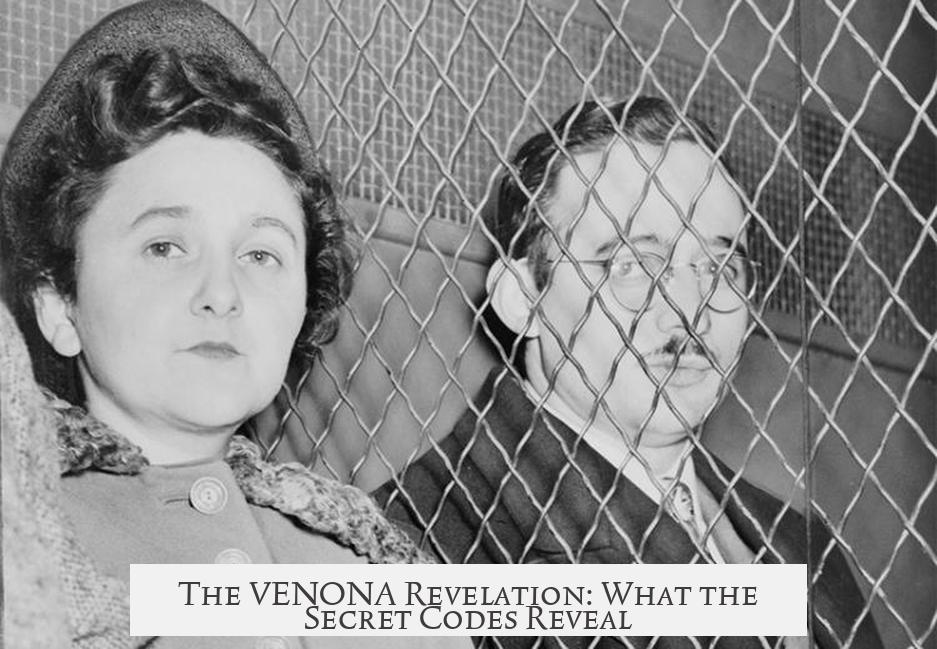
Fast-forward decades later. The VENONA project—a once-secret U.S. counterintelligence program—was declassified. It contained intercepted communications that confirmed Julius’s deep involvement in espionage. His codenames pepper the transcripts, identifying him as a central figure in a Soviet spy ring. If this had been presented during the trial, few would question his guilt.
But what about Ethel? Her lack of a codename and sparse mention suggest she wasn’t a major player. The VENONA files imply she might have had some knowledge of Julius’s activities, but not much more than that.
There’s more to Julius’s spying than atomic bomb secrets. The Rosenberg ring leaked critical military technology, especially radar and fire control systems, which were game-changers in World War II. Julius even passed along a fully working proximity fuze—a tiny radar device placed on artillery shells. This ingenious gadget could blow up enemy planes even with near misses. Without this tech, many anti-aircraft defenses would have been significantly weaker.
The Tangled Web of Testimony and Truth
Back to Greenglass—the pivotal witness whose admission of perjury later added fuel to the uncertainty about Ethel. He confessed to overstating his sister’s involvement to save his wife, which seriously undermines the government’s portrayal of Ethel as a committed spy.
So, what should we make of her? It’s likely she was aware of Julius’s activities but didn’t actively contribute to espionage. That’s significant because the difference between being a “spy” and being an “accomplice” can sway your life’s fate. Ethel’s execution seems, at best, harsh and, at worst, a message to intimidate others.
Assessing Justice: Were the Punishments Fair?
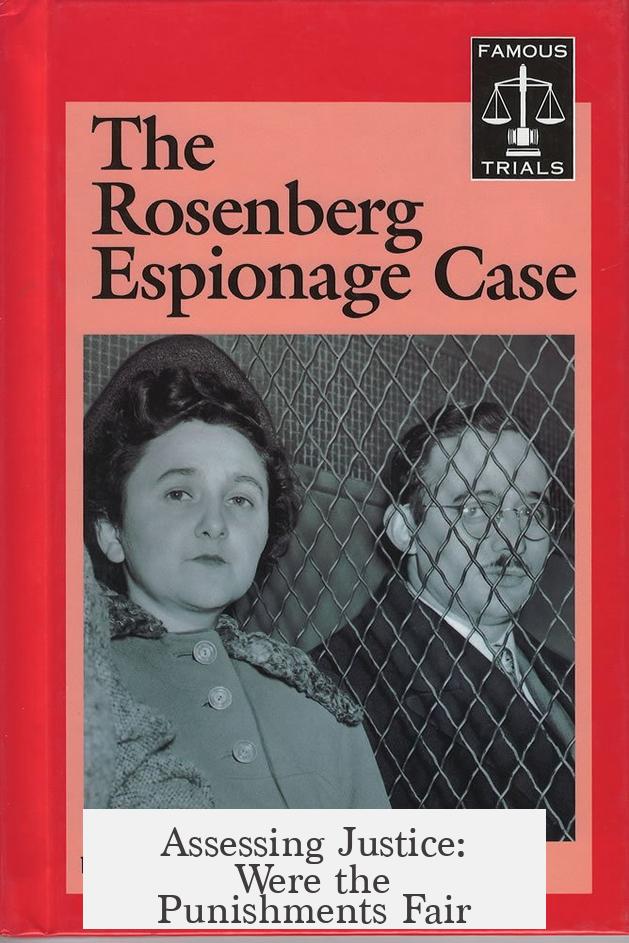
Julius’s guilt is pretty well established by post-trial evidence, yet was the death sentence the right call? Some argue no. Killing a spy eliminates future intelligence leaks to the enemy, but also closes the door to potential prisoner swaps or extracting more information. Retaining a spy alive in custody has practical advantages for national security.
For Ethel, the death penalty feels less about justice and more about optics. She was likely punished more for the political climate and message than for concrete espionage. A sharp contrast exists between the strength of evidence against Julius versus his wife.
The Bigger Picture: Was This All Hysteria?
It’s tempting to chalk the Rosenberg case up as Cold War hysteria gone wild—after all, the 1950s were rife with fear of communist infiltration. But the VENONA files show Julius was a serious spy, not a mere scapegoat or victim of paranoia. That said, the government’s handling of Ethel’s case was muddled, making the blanket assertion that the whole trial was a witch hunt inaccurate.
In retrospect, they acted on incomplete and imperfect evidence, but they weren’t entirely off the mark.
Practical Takeaways From the Rosenberg Saga
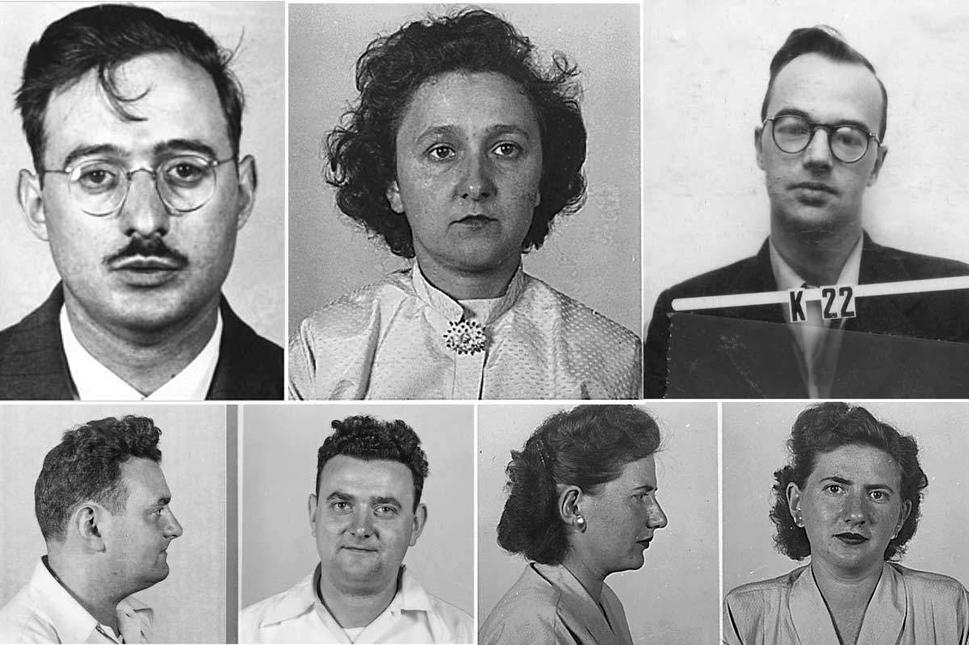
- Don’t trust a single witness: The government’s main witness turned out shady, influencing how we perceive truth in espionage cases.
- Secret evidence can distort justice: Classified documents withheld from defendants risk unfair trials.
- Post-trial revelations can reshape history: The VENONA project transformed understanding of espionage beyond trial evidence.
- Punishment should fit the crime: Harsh sentencing for unclear involvement raises ethical and legal concerns.
Final Thoughts: Complexity Over Simplification
The Rosenberg story is not just a black-and-white tale of spies and traitors. It’s a lesson in how evidence, politics, and fear entwine in high-stakes trials. Julius was undeniably a spy, slipping crucial military secrets to the Soviets. Ethel was likely a silent bystander or minor accomplice, perhaps mistakenly executed.
Would justice have looked different with full transparency? Almost certainly. Could a live Julius have served a strategic purpose? Maybe. But history is history, and the Rosenberg case remains a gripping chapter in Cold War espionage, challenging us to scrutinize evidence carefully—and to remember that even in the darkest spy stories, the truth has many layers.
Curious what else Cold War secrets reveal about justice and espionage drama? Don’t just ask whether they were guilty—ask how justice has evolved since. Because sometimes, the biggest secret is how we decide what’s fair.
